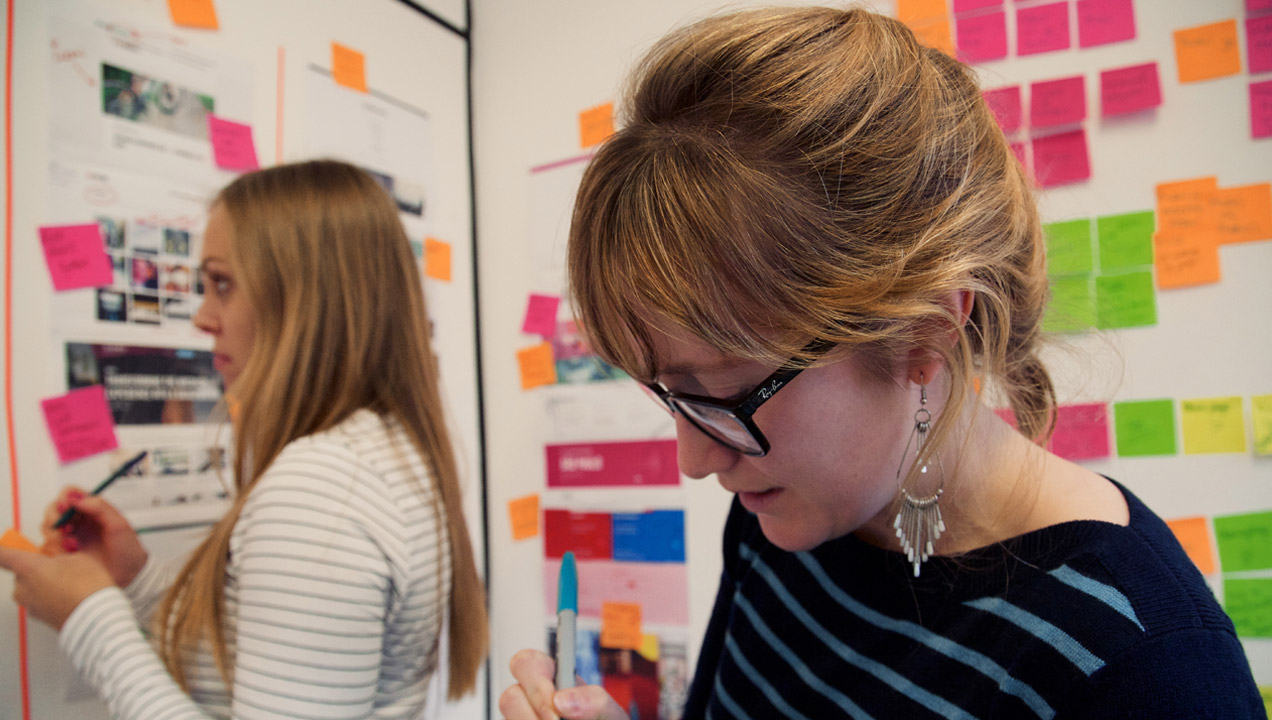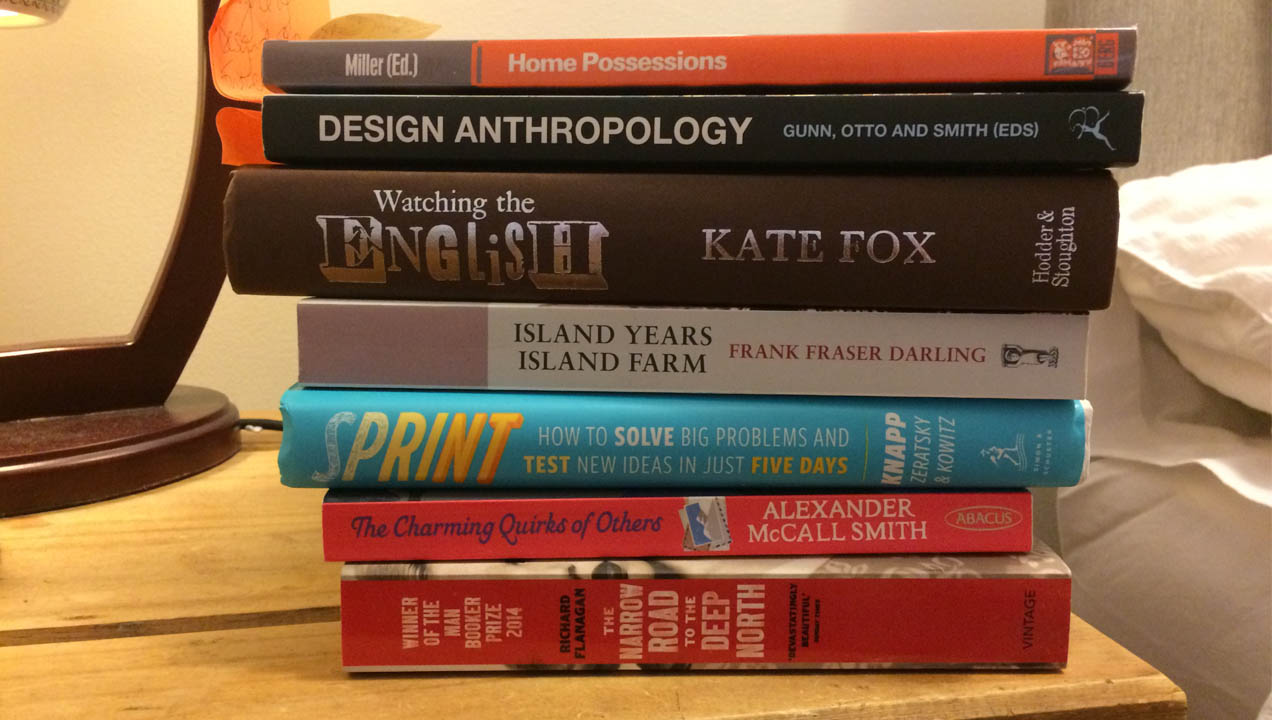Labs Life: Getting to know Imogen Clark
Each week we try to give our readers insight into the inner workings of Sutherland Labs. This week, we’re introducing you to Dr Imogen Clark – a Design Researcher, Anthropologist and Soprano with a plan to hike up every single mountain in the world, both literal and figurative.
What does a Design Researcher do?
Imogen: Exactly what it says on the tin. I research designs. Nothing beats sitting down and spending time with the people who use a product or service to really understand it. My findings then feed into the design process. This could be making improvements to existing designs, or designing something from scratch.
More broadly, though, I look at how people use things to transform their worlds. These could be little, everyday transformations, or big game-changing alterations. At the end of the day, it comes down to examining that interface between ourselves and the world around us. What relationship we have with it, and what relationship we want to have with it.

What did you do before you came to Sutherland?
Imogen: I studied for a doctorate in Anthropology. My research looked at how Tibetan refugees living in settlements in the Indian Himalayas created a home away from home using material culture, or physical things: architecture, interior design, clothing and the physical landscape. It might sound worlds apart from my current role, but really it’s about the same things: creating and transforming people’s experiences.
How does being an anthropologist help you in the world of Design Research?
Imogen: I remember that when I interviewed for my current post I talked a lot about empathy, and I think that is one of the core things that studying anthropology drills into you. There is a whole lot of difference out there in the world. Sometimes that seems to equate to a whole lot of problems, but if you think about it, it also means there are a whole lot of solutions as well, just waiting to be matched up.
I spent a lot of time in the Pitt Rivers Museum as a student. It’s organized in a way most museums today aren’t: it doesn’t group objects by culture or geography, it groups them by purpose. So you’ll have a whole case full of pottery from all over the world, another full of amulets, another of combs. This kind of ‘typological’ arrangement actually does a lot to show you how similar we all are the world over, not how different. We’ve all come up with varied solutions to the same problems. Problems and solutions are now my stock-in-trade, except that I’m looking at digital things rather than pottery or clothing or fire-making equipment. But at the end of the day it’s all technology.
There is a whole lot of difference out there in the world. Sometimes that seems to equate to a whole lot of problems, but if you think about it, it also means there are a whole lot of solutions as well, just waiting to be matched up.

What do you do for fun?
Imogen: I sing soprano for the choir of St Alfege’s in Greenwich, this gives me my English choral music fix on Thursdays and Sundays! Otherwise, I can’t get enough of the outdoors. I’m currently planning a walking trip to Fort William to finally do Ben Nevis, I’ve also hiked in the Himalayas and Myanmar. The GR20 on the island of Corsica is on my bucket list too.

Can you name a service that would benefit from design thinking?
Imogen: The postal service. Post is magical, there is nothing like a real, goddamn, handwritten letter and I would hate to see us moving entirely to Whatsapp or email out of sheer frustration. There are so many pain-points in using postal services the world over that are pushing us away from this tangible contact form. A bit of design thinking could work wonders.
Will Dr Clark’s choral career crescendo? Will she complete the GR20? Come back next week for another installment of ‘Labs Life’ to find out these answers and more.
